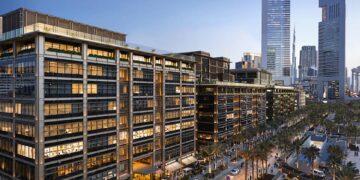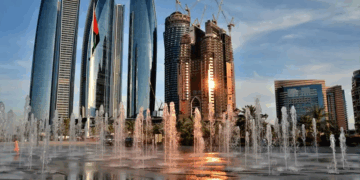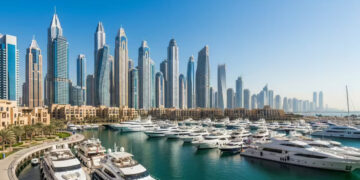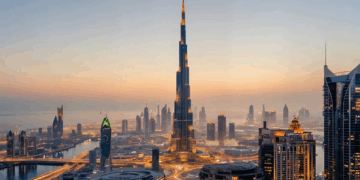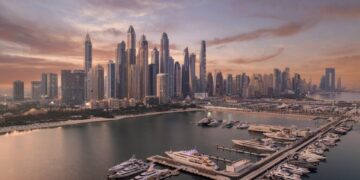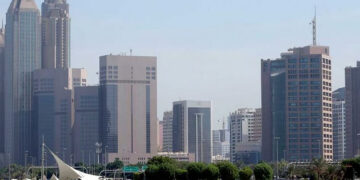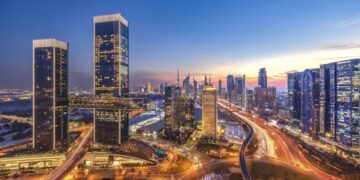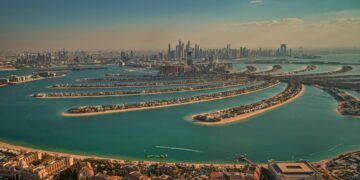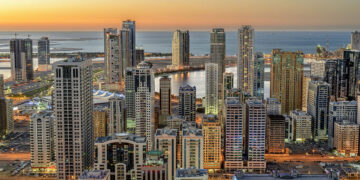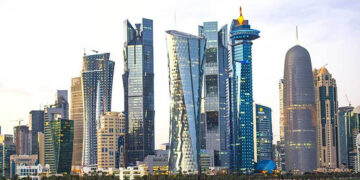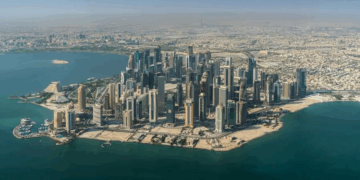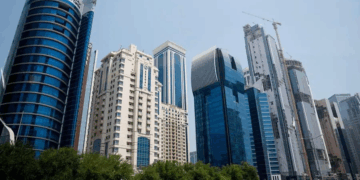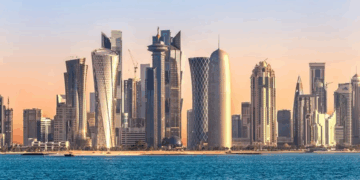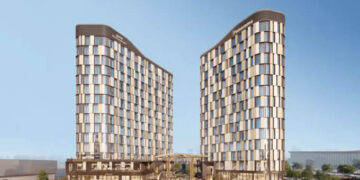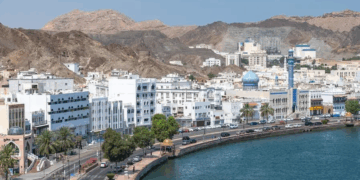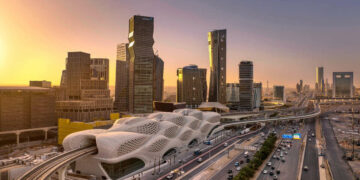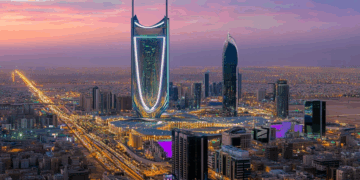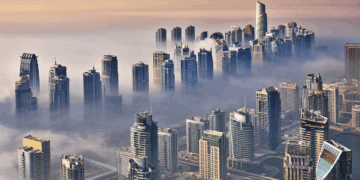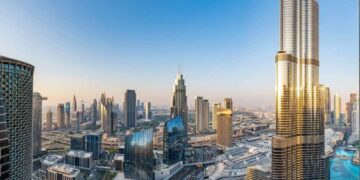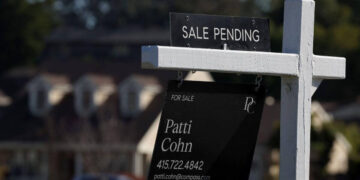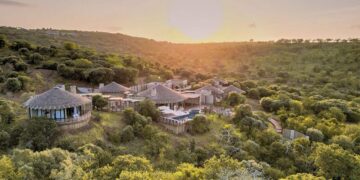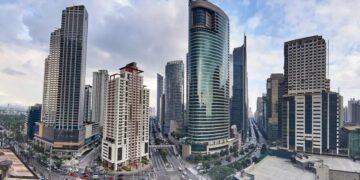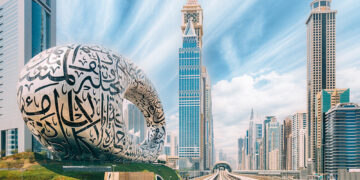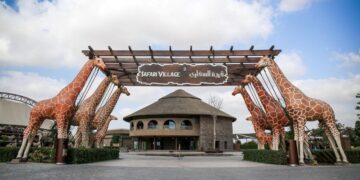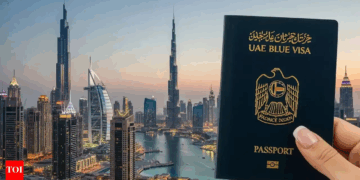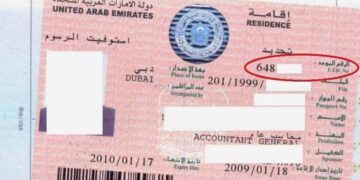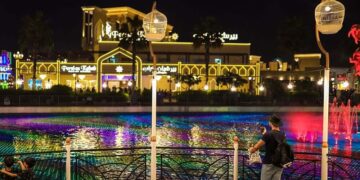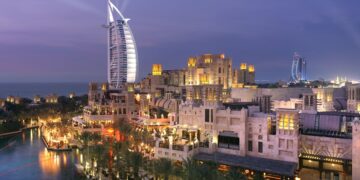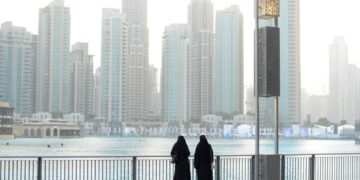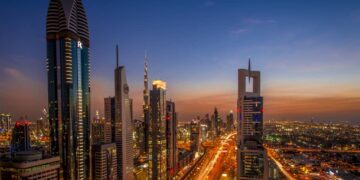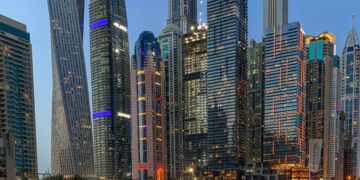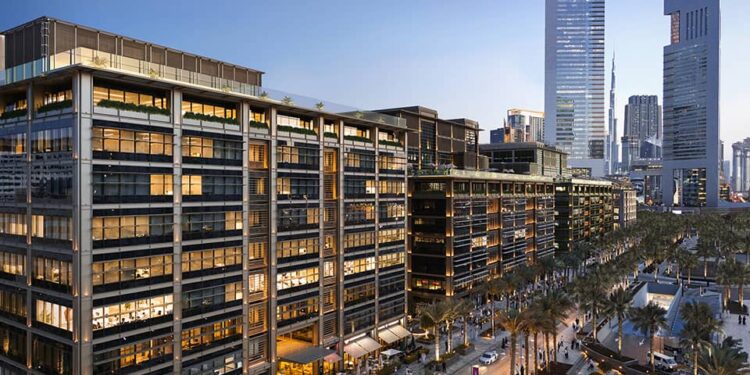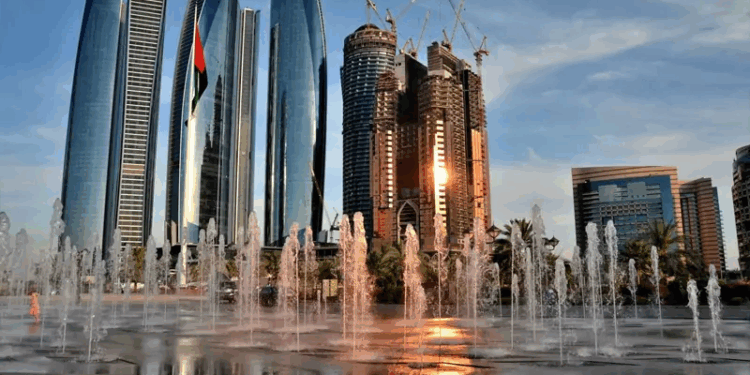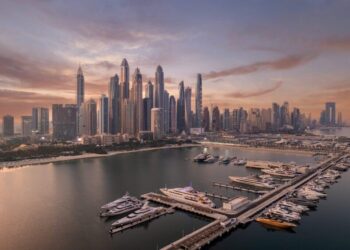According to two different studies released on Tuesday, Dubai’s office market continued to show impressive resilience and growth in the second quarter, indicating a strong economic recovery and a high degree of business confidence in the region’s economic prospects.
The country’s office sector is performing well because of a robust economy, a wide range of demand, and occupiers’ emphasis on sustainable practices and high-quality spaces, according to JLL’s UAE Real Estate Market Overview for Q2 2024.
Office gross leasable area (GLA) in Dubai’s office market increased by 20,000 square meters, bringing the total stock to about 9.26 million sq. m. The Grade A quality offices that made up the newly added stock were delivered to Umm Ramool. There is a pipeline of about 18,000 sq. m. of office GLA for the next two quarters. The overall stock in Abu Dhabi was roughly unchanged at 3.95 million square meters, with a 7,500 square meter delivery limit. Nonetheless, the JLL report indicated that an extra 125,000 sq. m. is expected to be completed in the second half of the year.
According to a report by Betterhomes’ commercial real estate division, the number of transactions in Dubai’s commercial real estate market decreased slightly in the second quarter of 2024—by 2% when compared to the same period the previous year. In Q2 2024, there were 2,915 commercial transactions, compared to 2,985 in Q2 2023. This slight decline reflects the general stability of the market, which is explained by continued investments and deliberate actions meant to support the commercial sector.
A 6% year-over-year (YoY) decline in the total sales value points to potential changes in the commercial real estate sector’s transaction volume or property pricing. Significant occurrences that typically cause a decline in market activity, such as the historic April rains and the two weeks of public holidays (Eid Al Fitr and Eid Al Adha), can be linked to this decline.
The office market in Dubai has shown resilience and overall growth, but in recent years there has been a shortage of supply, particularly for Grade A office space. Between Q2 2023 and Q2 2024, transactions in the office market grew by 1%, but sales value increased by 17%. Despite the ongoing shortage of office space, there was a continuous demand for space, as evidenced by the 764 office transactions totaling Dh1.36 billion.
The supply constraint in the office market is particularly acute, creating a seller’s market. Landlords are leveraging this situation to impose stringent terms, such as demanding rent payments in a single cheque and refusing to include break clauses in leases. These conditions reflect the high bargaining power of landlords in the current market environment.
According to Betterhomes’ data, the following are the top 5 locations for office transactions in Dubai:
Business Bay: Dominates with 43 percent of all office transactions in Q2 2024, offering a mix of high-rise office buildings, luxury hotels, and residential units.
Jumeirah Lakes Towers (JLT): Accounts for 32 percent of office transactions, favored for its strategic location and free zone status.
Dubai Silicon Oasis (DSO): Holds 5 percent of office transactions, known for its focus on tech-driven businesses.
Arjan: Emerging with 4 percent of office transactions, located in Dubailand with a mix of residential, commercial, and hospitality developments.
Jumeirah Village Circle (JVC): Also captures 4 percent of office transactions, attractive for SMEs due to lower rental costs.
As of Q2 2024, the average selling price of secondary office space in Dubai hit an all-time high of Dh1,364 per square foot, indicating a significant 22% YoY increase. This spike highlights the high demand for and scarcity of premium office space, which raises prices. The ongoing shortage of high-end office space despite ongoing development projects has made businesses more competitive, which has raised costs and kept occupancy rates high.
Rents increased in both cities due to strong demand and increased leasing activity. The average Grade A rent in Dubai’s central business district (CBD) increased by 15% year over year (y-o-y) to Dh2,630 per square meter annually. The scramble for premium office space added to the pressure on CBD vacancy rates, which dropped to 8% in Q2. Similarly, average Grade A rents in Abu Dhabi increased by 10% over the previous year to Dh2,085 per square meter annually. Additionally, Abu Dhabi’s vacancy rate dropped to 21%.
Faraz Ahmed, Research Director at JLL MENA, said: “In the first six months of 2024, developers in the commercial real estate sector launched several new projects in both Dubai and Abu Dhabi to alleviate constraints in the long-term and meet the growing demands of occupiers seeking quality office spaces that are also sustainable in nature. With over 140,000 sq. m. of space planned to be delivered by the end of this year, we can expect to attract new companies as the UAE cements its position as a global hub for business setup.”
In Dubai, retail rents are rising due to strong market activity.
The retail sector saw strong demand for space in the second quarter, especially in super regional and regional malls that were performing well. The majority of landlords took advantage of the rising demand and restricted supply to increase rental rates. The average rental rates in primary and secondary malls in Dubai increased by 16 percent year over year, while those in Abu Dhabi saw an increase of 11 percent. Furthermore, landlords are now in a better position to negotiate a mix of rent and turnover agreements because of stricter deal terms.
In addition, no new completions were reported in Dubai or Abu Dhabi, meaning that the retail stock stayed steady at 4.8 million square meters in Dubai and 3.15 million square meters in the capital. It is projected that 58,000 sq. m. more retail GLA will be added in Dubai during the second half of the year, and 85,000 sq. m. more will be added in Abu Dhabi, mostly in the form of community and regional malls.
Strong hotel performance during the typically slower summer months.
Hotel performance metrics saw robust growth in both cities, defying the custom of a slower summer season. Due to a variety of source markets, tourism data for Dubai for May showed a 10% annual increase in foreign visitors. The revenue per available room (RevPAR) increased by 6% year over year in Dubai thanks to a 5% year over year increase in average daily rates (ADR). Similar to this, Abu Dhabi saw double-digit growth in all major metrics. ADR increased by 13% to $159 for YT May, and RevPAR increased by 24% year over year to $127.
The hospitality sector saw limited deliveries in the second quarter, and the future supply outlook remains modest with 4,500 keys anticipated to be delivered in Dubai and over 800 keys to be added to the Abu Dhabi market in the next six months.
UAE’s industrial market sees the launch of new projects and expansion plans
The need for high-quality industrial assets, especially in established free zones, propelled the UAE’s industrial market’s resilience. In Q2, warehouse rents in Dubai saw a significant increase across all submarkets, growing by an average of 14% year over year. Developers announced new plans to supply more stock because they were confident in the ongoing demand. After a 97% occupancy rate and a healthy 9% year-over-year increase in rental rates in the previous quarter, Dubai Industrial City announced plans to expand by 1.3 million square meters. In a similar vein, JAFZA and Dubai South also debuted new ventures, augmenting the availability of superior real estate projects.
The market for industrial real estate in Abu Dhabi was growing. Second-quarter average warehouse rents increased by 10% year over year. Businesses seeking Grade A warehousing spaces with excellent trunk infrastructure and vacant lands were drawn to industrial developments like KEZAD and ICAD. The KEZAD group’s self-developed and leased properties had an 88% occupancy rate, demonstrating a strong demand for high-quality spaces. Furthermore, KEZAD is leading a 70,000-square-meter project in Al Ain Industrial City.
Pre-leases are among the most recent and noticeable developments in Dubai’s office market. Tenants are securing office space before it even goes up for sale, a phenomenon that has never before occurred in the market. This represents a change in tenant behavior, emphasizing their readiness to reserve office spaces in advance to guarantee the greatest locations and amenities. Additionally, this trend emphasizes how hard it is to find Grade A office space, which forces tenants to take prompt, decisive action.
